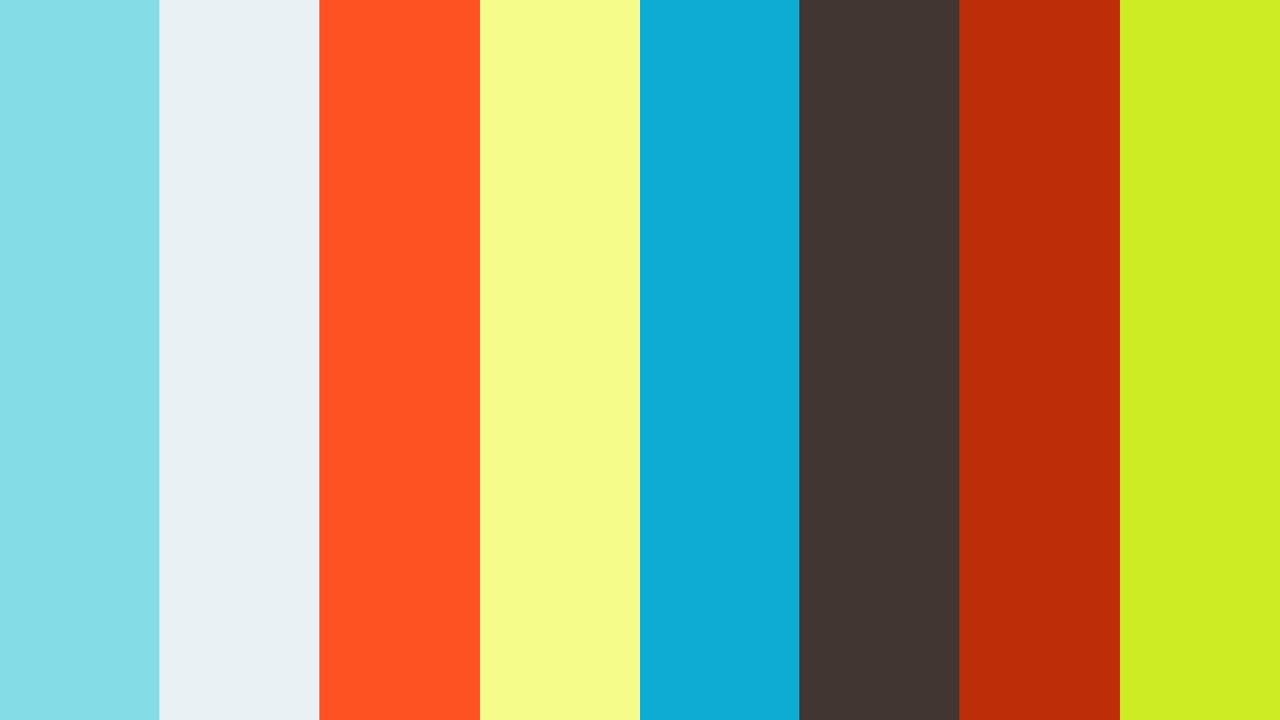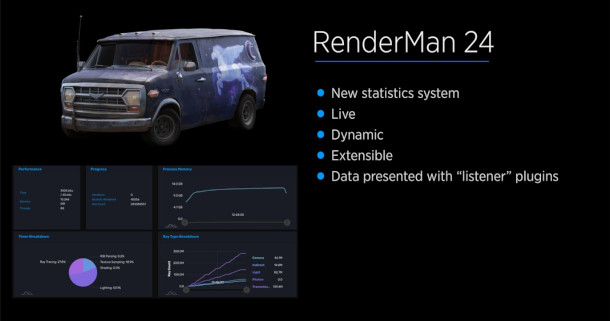

Specifying this parameter is not necessary. As we only have one single mesh in our scene, It can either be the name of an object or The bakemodel parameter allows to specify the model that There are two more options specific to baking that we did not use (which is the default for baking anyway, in contrast to normal rendering). The output image will be called ao_map.tifĪnd will contain an alpha channel as the display mode is set to "rgba" We don’t want OpenGL having to scale the image. Power of two resolution as we want to be able to use the map in OpenGL and The resolution of the map is set to 512x512. The option -B or -bake to the render tool.Īll remaining options are usual rendering options that are not particular In the Globals section we first activate texture baking by setting # Bake a texture map Globals ( bake = True, resolution = ( 512, 512 ), pixelsamples = ( 2, 2 ), output = "ao_map.tif", displaymode = "rgba" ) # Load the model load ( "model.obj" ) # Obtain a reference to the model model = worldObject ( "Model" ) # Set the bake material mat = RMMaterial ( surface = RMShader ( "bake_ao.sl", samples = 1000 ) ) model. Here, I saved the model in the Wavefront Object format. The following uv layout for the above model: Instead of manually assigning the texture coordinates youĬan also let your modeling package do the job. “leaking” through to another face where it doesn’t belong to. You should also make sure that there’s a little spaceĪround each texture area to prevent the color from one texture area

Wouldn’t later be possible to assign a separate color for each surface point That the final uv layout has no overlapping parts, otherwise it You can either assign the texture coordinates manually to haveįull control about the uv layout. We’re using the model in the following image (which doesn’t representĪnything particular, it’s just an object with a few concavities to showĪs we want to apply the baked texture map later on we need textureĬoordinates for the baked map. Once you have found the correct combination for your authoring application (ZBrush, Mudbox, 3DCoat, etc), it should be good for all maps exported from that application with the same settings.The first step is to create the model in your favorite modeling package.Ĭurrently, only polygonal models can be used for baking. The best method is to start an IPR/LiveRender session and try various combinations. Generally, it's an orientation problem and you will have to find the correct combination of Invert Bump, Flip X, and Flip Y. Sometimes you might apply a normal map to your geometry and it will look wrong.

Sets texture filter to Box (inexpensive) on indirect hits instead of the selected filter used for other visible effects. This may prevent the highest resolutions from being rendered depending on your selection. MaxResolutionĬlamp mip selection to a preferred maximum level. MipBiasīias mip selection chosen for rendering to either a higher (negative integers) or lower resolution (positive integers) selection. Use the geometric normal (ignore the modified normal). Provides the range over which to apply the texture. The filters available for PxrNormalMap are: Selects different reconstruction filters that can be used during texture lookup. Selects whether to interpolate between adjacent resolutions in the multi-resolution texture, resulting in smoother transitions between levels. Specifies how much to blur the result from the texture file.

Inverts the t texture coordinate for texture lookup. If you specify an atlas style, the Filename parameter must contain a _MAPID_, which will be substituted automatically according to the surface parameterization and the style of atlas. Specifies the style of texture atlas that is being used. Offsets the first channel to be looked up for filename. This switch is only visible when Orientation is set to " Custom". Bump OverlayĬonnect a PxrBump or PxrNormalMap node here if you need to combine multiple patterns. Note that this will be read in as the Mudbox normal map format in tangent space. The shader reads only one channel of the file from the Mapping Controls' Channel specified below. Specifies normal map color (this parameter is ignored if Filename is provided). Texture atlas format files can be read in either UDIM (Mari) format or mudbox format. The default behavior if no manifold is attached, is to apply over the s,t domain defined on the geometry. Like the other texture nodes, this node takes a manifold which describes either a 2D or 3D domain to apply a the texture to. The change in scale between object space and current space is automatically applied by the node. Produces a bumped normal from a normal map (a color map encoding the normal).


 0 kommentar(er)
0 kommentar(er)
